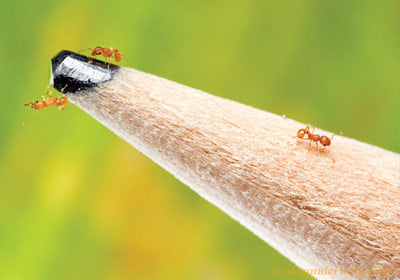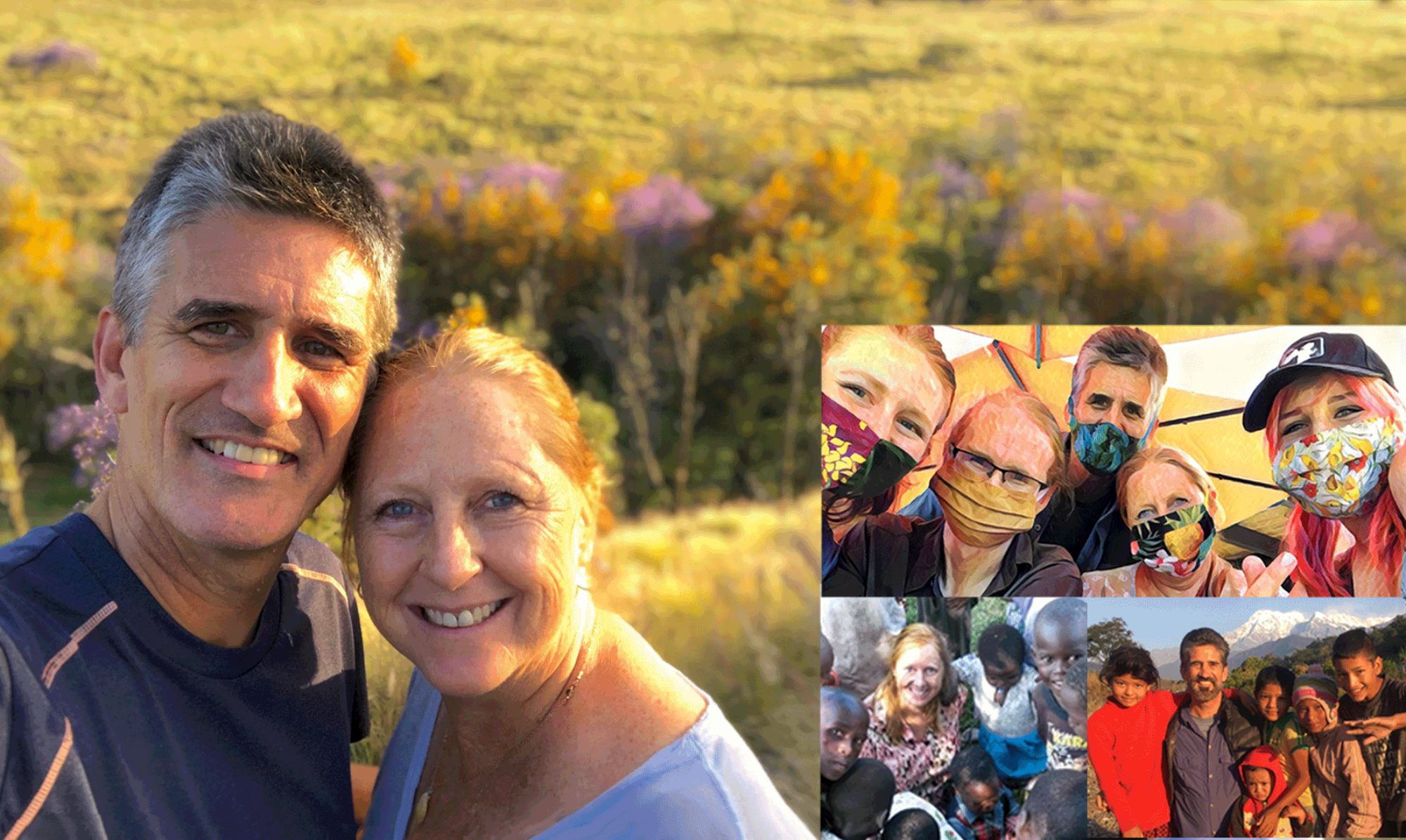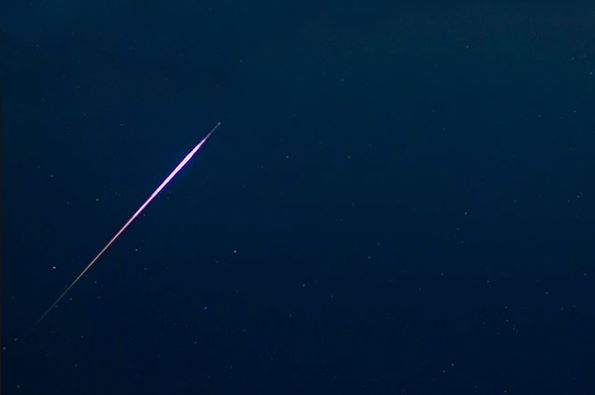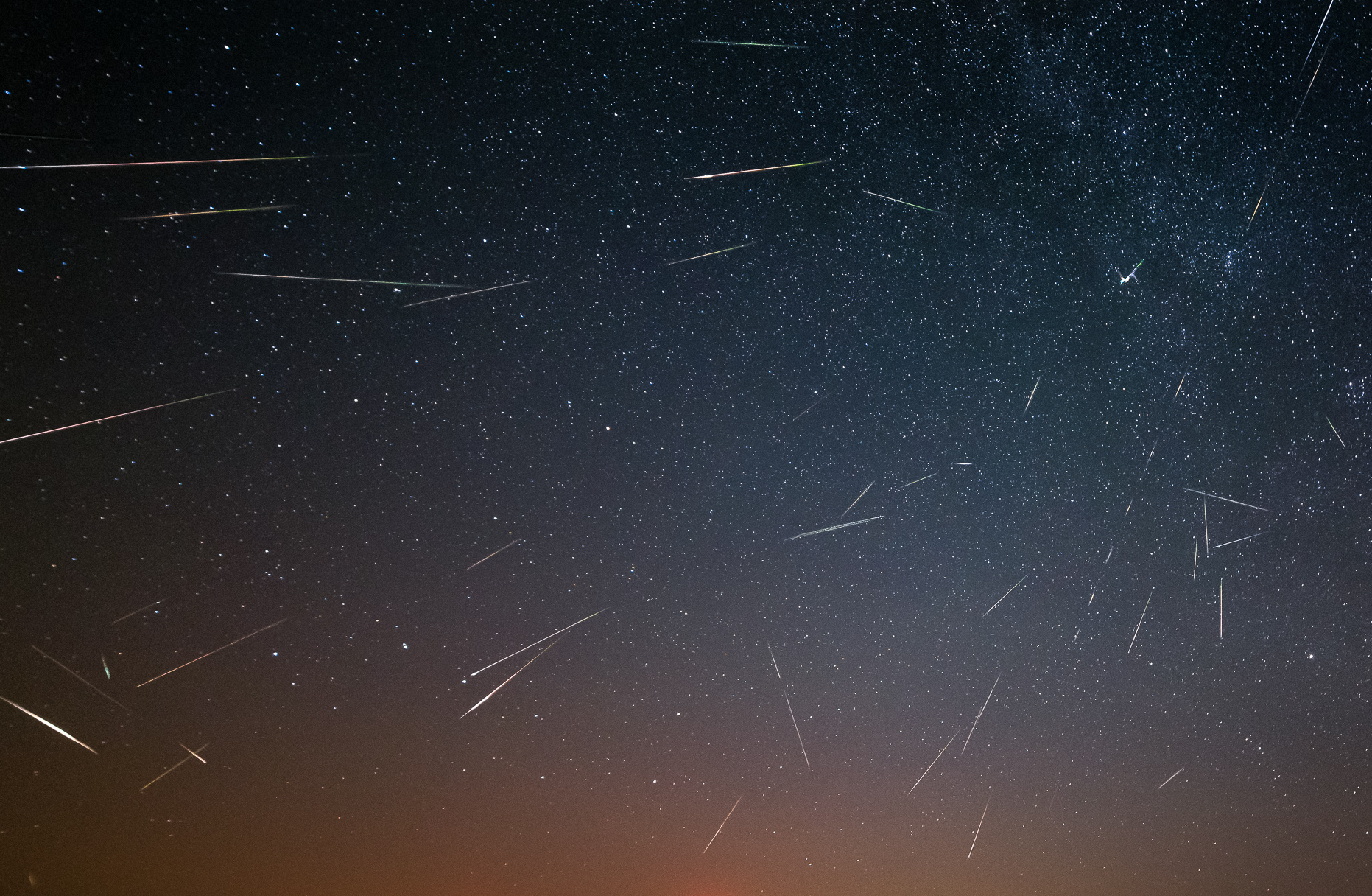

I learned about Little Fire Ants yesterday….I’ve been stung by Louisiana fire ants around my ankles, had a 6 inch centipede in my shirt bite me 4 times under the arm. I’ve had a large swarm of ground-dwelling yellow jackets attack my back and neck while mowing our campus firebreak and I’ve had an outbreak of Shingles on my neck and the back of my head. All these were REALLY painful, but they all paled in comparison to little fire ants. Yesterday morning while cutting up a large fallen tree and clearing growth for a friend in a neighboring community I got to experience what before I’d only heard about from friends on the Hilo side of our island. Little Fire Ants are hard-to-see tiny and instead of living on the ground, they are up in the trees and bush leaves where they easily fall and drop on you. So as is typical of LFA, I suddenly had 45 stings across my neck, both arms, hairline and left eye lid. But either fire ants have some secret communication where they all agree to sting you at the same time, or more likely the pain from their venom increases in intensity after the bite, I never saw the ants at all. I first thought my dry skin was especially itchy, then that I’d gotten into some nettles, and then that I had three blow torches turned on my arms and neck…I was on fire.Managed to drive home, hardly able to string two words together, I stripped next to our washing machine while Dee fumigated my truck. Took two Benadryl while taking a cold shower. Then a couple hours alternating ice packs and steroid creme until the antihistamine finally knocked me out until evening.Today I’m better. I can open my left eye. The general redness and swelling on my arms has reduced to just the defined little painful-only-when-touched whelps, and most thankfully, the overall “I’m on fire” pain is completely gone.I’m now a motivated LFA fighter and pray you don’t have to learn about them quite like I did. Since their accidental import to our island in 1999, they’ve taken over East Hawaii and are expanding their range in West Hawaii. There are lots of state and local resources to help fight them. The main thing is to regularly monitor your normal ants by placing four or more peanut-butter-dipped popsicle sticks around your property, placing them in a ziplock bag, freezing them and sending them to BIISC, 23 E Kawili St, Hilo, HI 96720. This Hawaii State Invasive Species group has developed a safe, effective gel-bait that needs to be used every 5 weeks for a year, but seems able to eliminate them from a given area.I generally love learning, but not this lesson.



